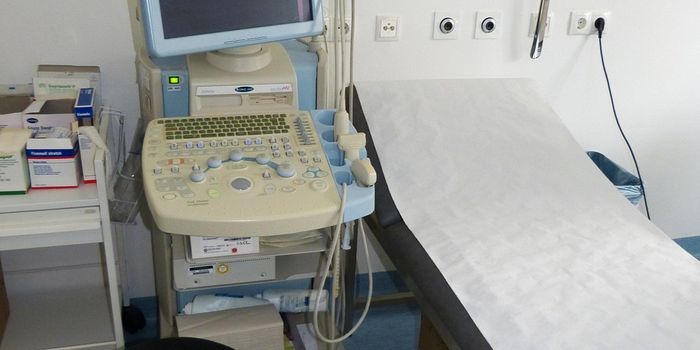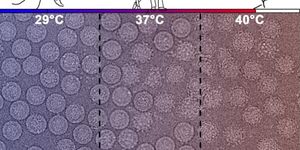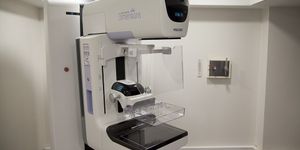A New Theory About the Structure of DNA
Scientists have a new theory about the structure of DNA. Two strands of alternating sugar (deoxyribose) and phosphate groups make up the DNA double helix, and the strands were thought to be linked by hydrogen bonds. Reporting in the Proceedings of the National Academy of Sciences (PNAS), a research team from Chalmers University of Technology in Sweden has suggested that hydrogen bonds are not holding the two strands of nucleotide bases together, as has been thought for many years.
Hydrophobic molecules shun water, and the researchers think that the interior of the helix is a hydrophobic one, while residing in a water-based environment. This hydrophilic, or water-loving force surrounding the molecule gets pushed back by the hydrophobic bases of the molecule, and pushes the helixes together to minimize their water exposure., they hypothesized.
Hydrogen bonds, suggested the researchers, are more involved with linking the bases of DNA together in the right order.
"Cells want to protect their DNA, and not expose it to hydrophobic environments, which can sometimes contain harmful molecules. But at the same time, the cells' DNA needs to open up in order to be used," explained Bobo Feng, one of the researchers behind the study. "We believe that the cell keeps its DNA in a water solution most of the time, but as soon as a cell wants to do something with its DNA, like read, copy or repair it, it exposes the DNA to a hydrophobic environment."
In this study the researchers exposed the DNA to a progressively more hydrophobic solution (using polyethylene glycol), and found that the DNA helix started to unwind when the solution was just between hydrophilic and hydrophobic. Holes formed in the structure when base pairs were split away, and water leaked into the molecule just as other base pairs came together to plug the hole and keep the water out. With a hydrophobic solution, the holes remained - the molecule was unperturbed by it.
This work may provide a wide variety of new insights, such as into the destruction of resistant bacteria or cancer cells. Bacteria have a special protein to repair breaks in DNA, and this can help us learn more about how it works, and how to stop it. Humam cells have their own DNA-repair mechanisms, and one protein called Rad51 fixes mutations in DNA that may otherwise cause cancer.
"To understand cancer, we need to understand how DNA repairs. To understand that, we first need to understand DNA itself," said Bobo Feng. "So far, we have not, because we believed that hydrogen bonds were what held it together. Now, we have shown that instead it is the hydrophobic forces which lie behind it. We have also shown that DNA behaves totally differently in a hydrophobic environment. This could help us to understand DNA, and how it repairs. Nobody has previously placed DNA in a hydrophobic environment like this and studied how it behaves, so it's not surprising that nobody has discovered this until now."
Sources: AAAS/Eurekalert! via Chalmers University of Technology, PNAS









